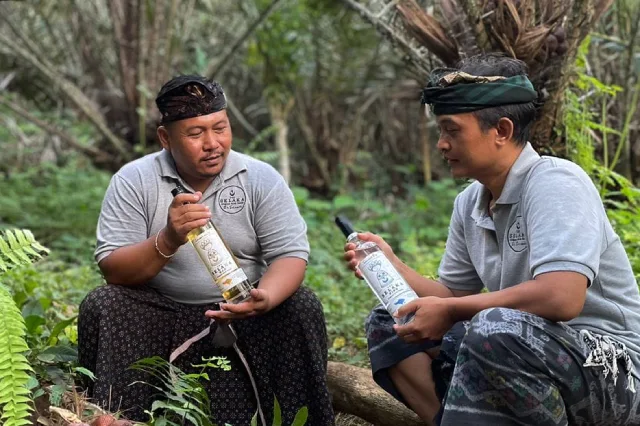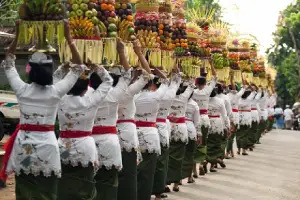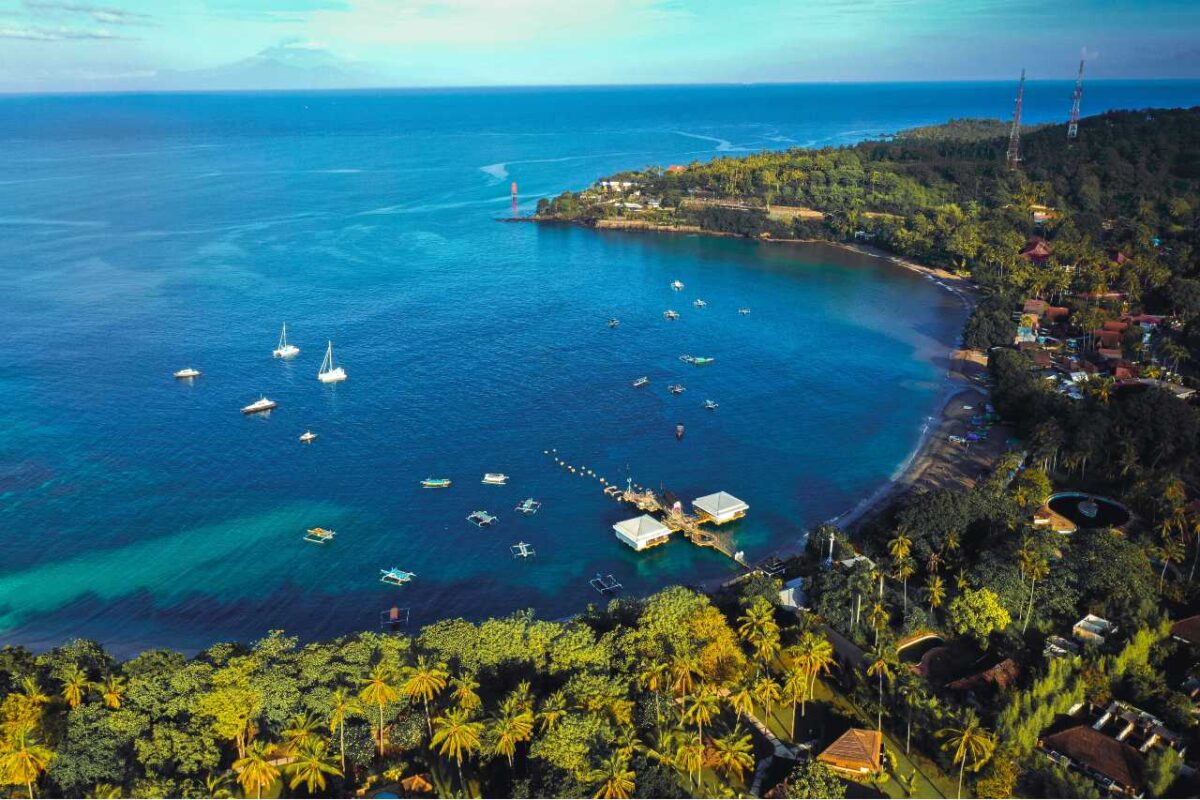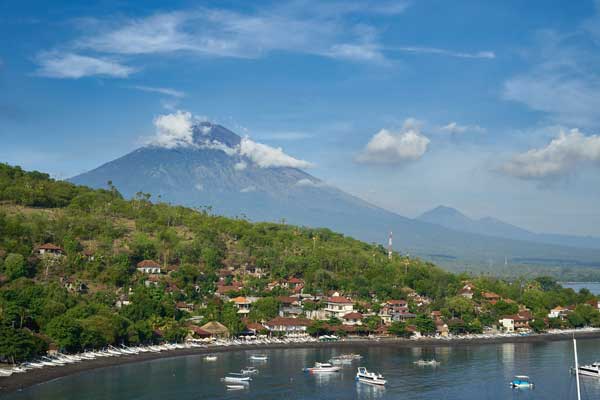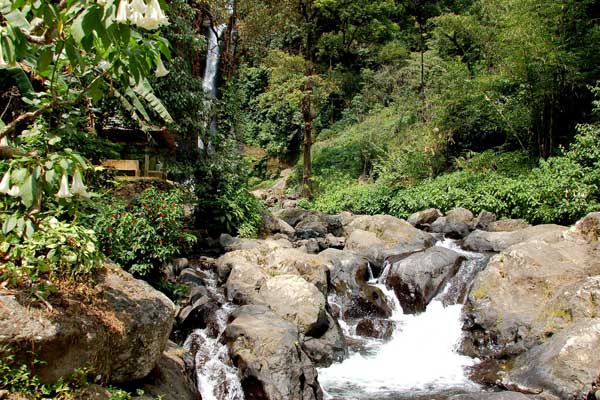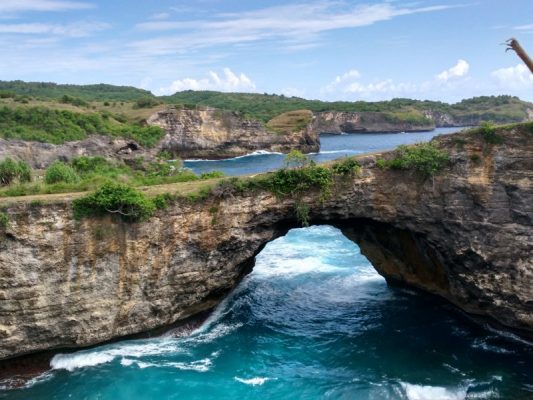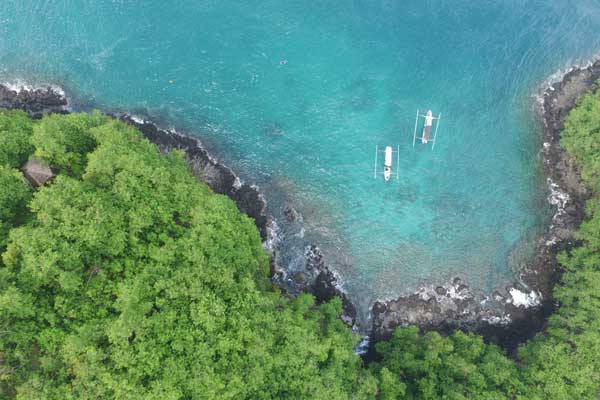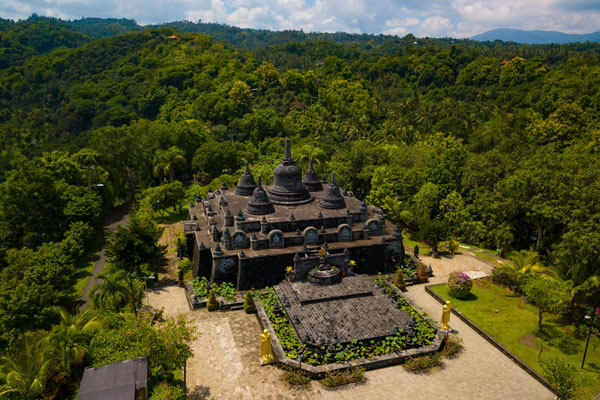Things to Do in Bali
Weather in Lombok
Weather Guide for Lombok
Lombok’s tropical climate is defined by two primary seasons: the dry season (April to October) and the wet season (November to March). With warm temperatures and generally high humidity year-round, the island enjoys a slightly drier and less humid climate than nearby Bali, though regional differences exist across Lombok’s coastal and mountainous regions (see below).
Dry Season (April – October)
During the dry season, Lombok experiences warm, sunny days and lower humidity, making it an ideal time for outdoor activities like trekking, diving, and beach visits. Temperatures during this period typically range from 27-32°C (81-90°F), with the coastlines—especially the southern beaches around Kuta and Selong Belanak—offering some of the best conditions for water sports and relaxation. Rainfall is minimal during these months, making it an optimal time to explore the Rinjani mountain range and other inland areas without concern for muddy trails or sudden storms.
Wet Season (November – March)
The wet season brings more frequent and heavier rainfall, especially in the northern and western parts of Lombok, where mountainous terrain can intensify precipitation. Rain showers are usually short but intense, occurring mainly in the afternoons and evenings, while mornings can often remain clear and suitable for exploring. Coastal temperatures remain high, averaging around 28-33°C (82-91°F), but the increase in humidity can make the air feel warmer. This season is less crowded with tourists, offering a quieter experience but may require more flexibility for those planning hikes or extensive outdoor excursions.
Regional Climate Differences
Northern and Central Lombok (Mount Rinjani and surrounding highlands): These mountainous areas experience cooler temperatures, particularly at higher elevations, and tend to have more frequent rainfall year-round. Even in the dry season, conditions can be cooler and wetter than along the coast, so it’s best to prepare with appropriate clothing if planning hikes or camping trips in these regions.
Southern and Coastal Lombok (Kuta, Senggigi, and the southern beaches): These regions generally experience a more stable and drier climate, especially in the dry season. Coastal breezes help moderate temperatures, and the weather here remains relatively warm and sunny for most of the year. This makes the area especially popular for beach activities and water sports like surfing and snorkeling.
The Gili Islands—Gili Trawangan, Gili Meno, and Gili Air—have a climate distinct from Lombok’s mainland due to their location and smaller landmass. These islands tend to be slightly drier and sunnier year-round compared to both northern and southern Lombok, even during the wet season. This difference is due to their proximity to the drier northwest region of Lombok and their open, coastal location, which allows for more consistent sea breezes that help moderate temperature and reduce humidity levels.

















